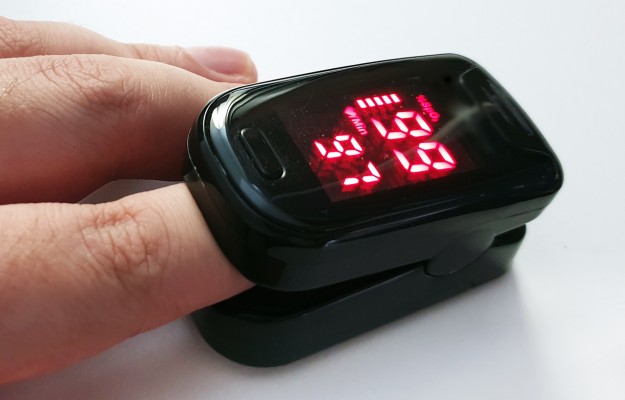Hypoxemia is a medical condition where there is critically low levels of arterial oxygen in the blood, and it can be life-threatening, as not enough oxygen supply to different organs of the body can lead to damage in the brain, liver or other organs within minutes of symptoms beginning to show up.
Hypoxemia is also a common problem people can face at high altitudes due to the low oxygen levels present in those areas, especially among people not used to breathing in such thin air.
Haemoglobin in our blood is responsible for carrying oxygen to the cells that are present throughout the human body, and the occurrence of such a situation can cause a person headaches followed by difficulty breathing, among other visible signs of discomfort. One gram of haemoglobin can transport about 1.37 ml of oxygen.
Sometimes, hypoxemia is also used interchangeably with hypoxia, although the two conditions are slightly different from each other. While hypoxemia refers to the low levels of oxygen in a person's blood, hypoxia means low levels of oxygen in the tissues. The presence of hypoxemia can lead to hypoxia.
The occurrence of hypoxemia in a person is a sign of poor blood circulation or a respiratory problem, and can be checked by measuring the oxygen levels from a blood sample taken from the arteries. A simple device such as a pulse oximeter, which just needs to be clipped on to a person's fingertip, can also be used to monitor a person's oxygen saturation levels in the blood. An arterial blood gas test can also be performed to get an accurate picture of the amount of oxygen in the blood.

 Doctors for Hypoxemia (Low Blood Oxygen)
Doctors for Hypoxemia (Low Blood Oxygen)  Hypoxemia (Low Blood Oxygen) articles
Hypoxemia (Low Blood Oxygen) articles

 Home Remedies for Hypoxemia (Low Blood Oxygen)
Home Remedies for Hypoxemia (Low Blood Oxygen)























 Editorial Team
Editorial Team


 Dr. Ajay Mohan (AIIMS)
Dr. Ajay Mohan (AIIMS)











